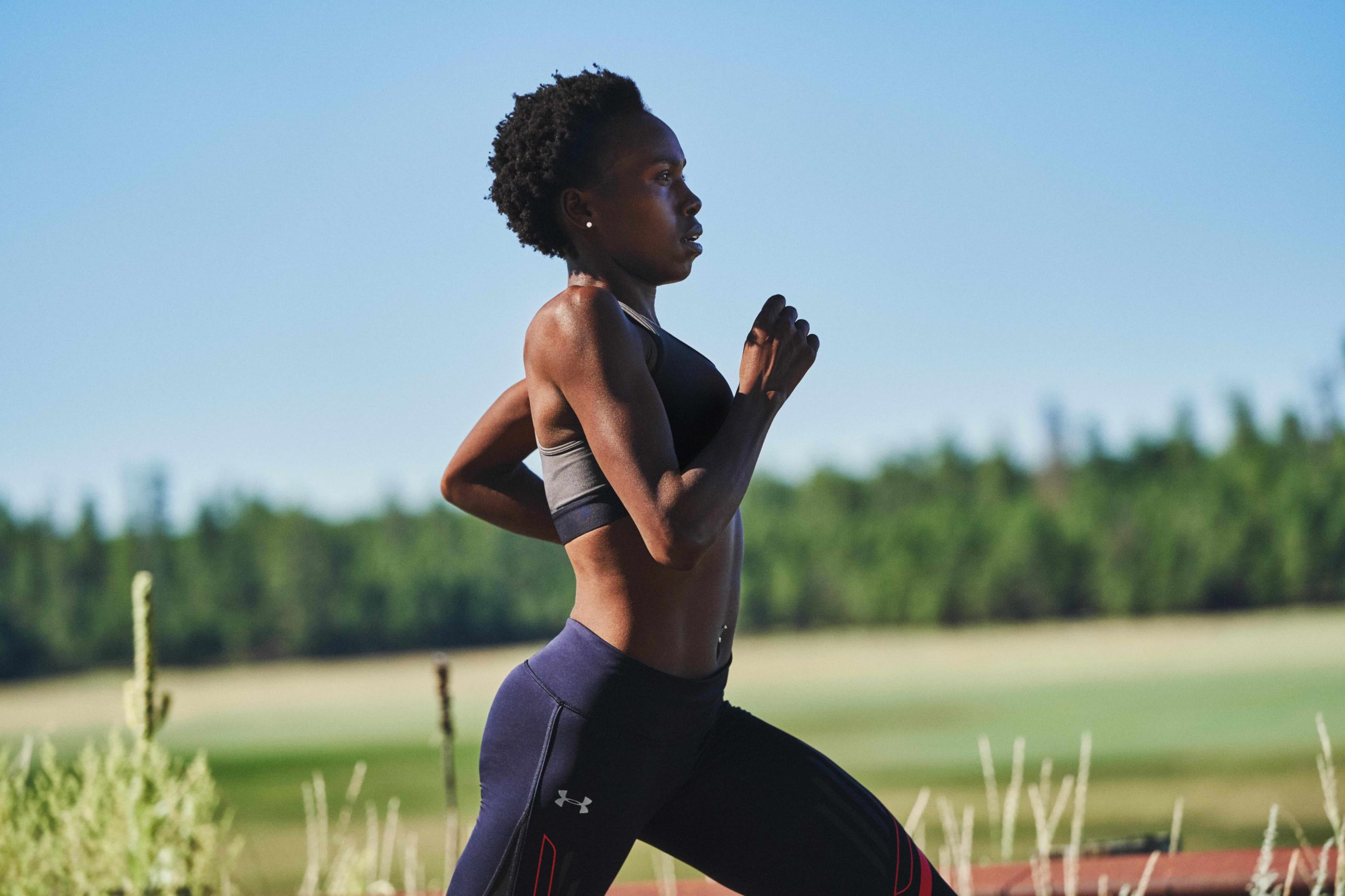The importance of core strength for runners
Experts tell you to work your core all the time — here's why

Here at Canadian Running, we talk a lot about core work, and we’re constantly on the lookout for new ways to strengthen that area of the body so you, our readers, can run faster and stave off injuries. But how exactly does having a strong core do this, and why is it so important? If we haven’t convinced you of the importance of core work yet, perhaps this information will be the motivation your need to add a few planks to your routine.

RELATED: Plank variations for a stronger core
What exactly is your core?
The first thing that we tend to think of when talking about core are the abs, but your core is much more complex than that. Beneath the muscles that make up the part of your core that you can see (the rectus abdominis) are the pelvic floor muscles, the transverse abdominis, multifidus, internal and external obliques, erector spinae and diaphragm. In the world of running, the lower back, glutes and hip flexors are also sometimes grouped with the other core muscles, because they work so closely together to allow your legs to move.
The muscles that you can see may look pretty, but it’s the ones beneath the surface that have a greater impact on health and running performance. Unfortunately, many core exercises and routines put a much greater emphasis on the outer core muscles to achieve a desired aesthetic, rather than work the others to make you stronger.

What is the role of your core?
The main role of all those inner core muscles is to stabilize your spine and provide support for all the activities you do, including running. Basically, they transfer force through your body to prevent back, hip, knee and neck pain. The core muscles also work in unison to allow you to breathe properly.
This is really important for runners, because having strong inner core muscles allows you to stay upright while you’re running, and prevents you from wobbling slightly from side to side. Without a strong core, your legs can do the work to prevent this lateral movement, but that takes away from their main job (which is to move forward) and slows you down. To think about it another way, it is much easier for your legs, arms and neck to work when they’re moving off a rigid structure.
As we already mentioned, having a weak inner core also puts you at risk for injuries. In fact, studies have shown that almost every common running injury can be linked to a weak inner core. Why? Because a lack of stability in your torso puts increased strain on other parts of your body (like your lower back, hips and knees), eventually causing them to break down. If you’re a trail runner, having more stability through your trunk will also help you deal with uneven terrain, so you’re less likely to fall or even roll an ankle.

How can you work your core properly?
According to Stanford University School of Medicine professor Dr. Michael Fredericson and physical therapist Tammara Moore, runners should focus first on improving the length and mobility of muscles that are shortened (for example, the hip flexors and lower abdominal muscles), then gradually progress through stability exercises like dead bugs, bird-dogs, bridges, planks and side planks. Fredericson and Moore both suggest runners visit a physiotherapist who can identify areas of weakness and tightness and provide guidance for how to properly stretch these muscles to improve core mobility before moving on to a strength program.
Properly training your core is not very exciting and progress can be slow, but it will go a long way in preventing injuries and improving your running economy to be stronger and faster.
RELATED: 5 exercises to activate glutes and hips that the pros love


